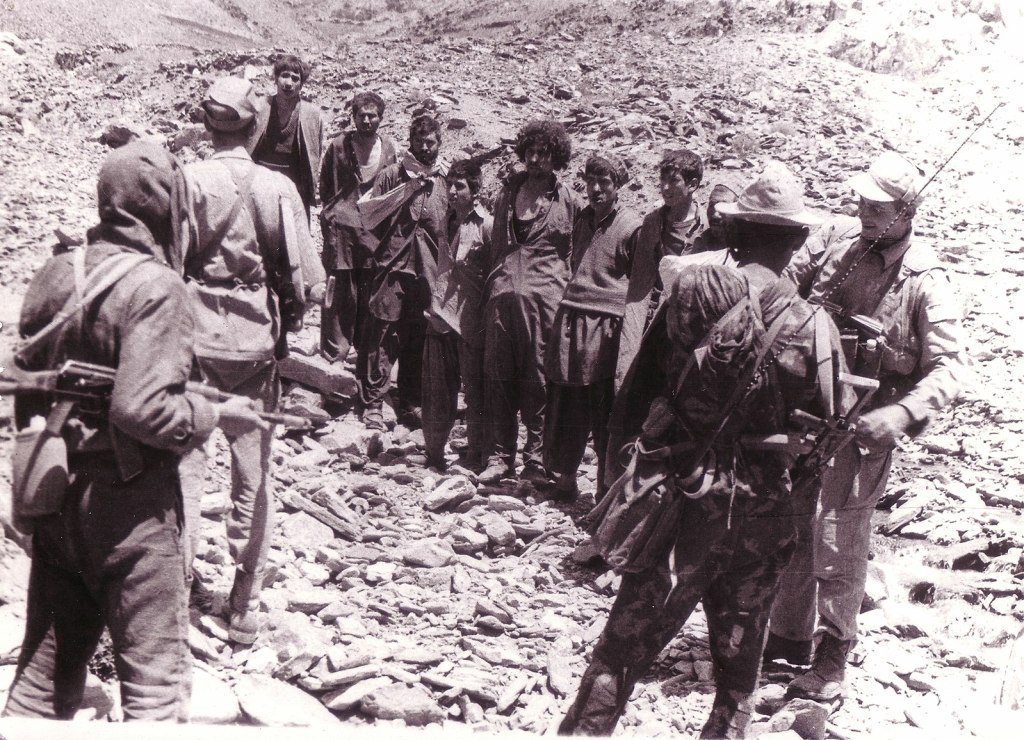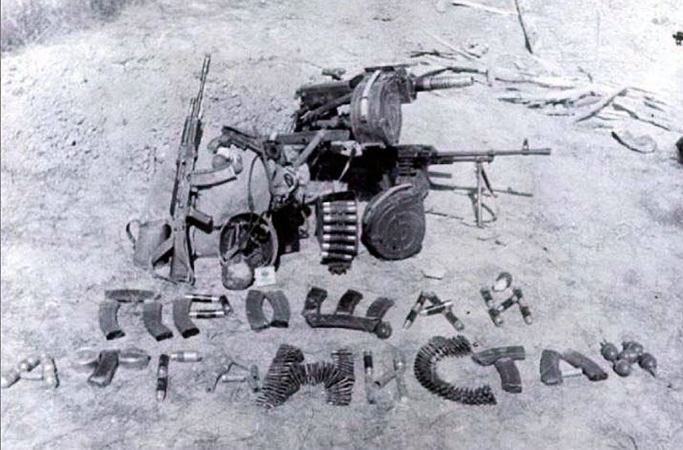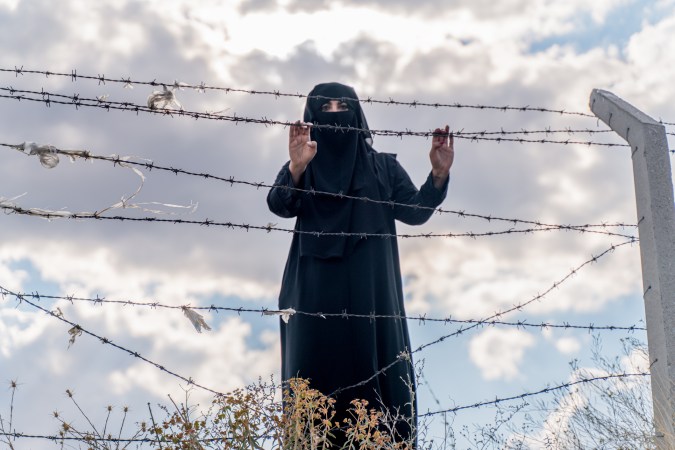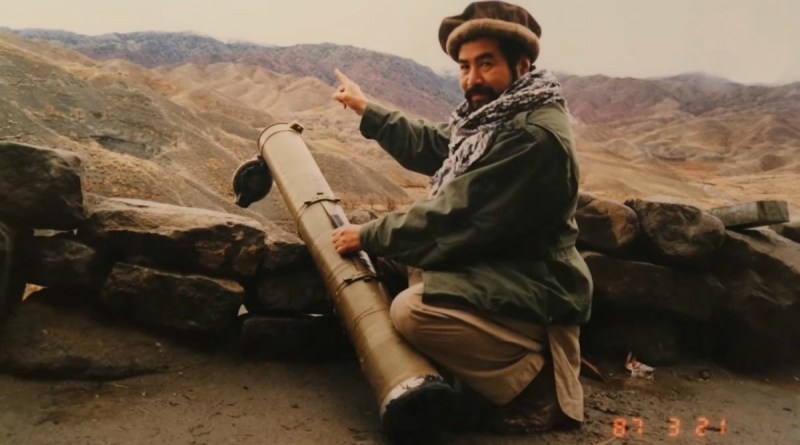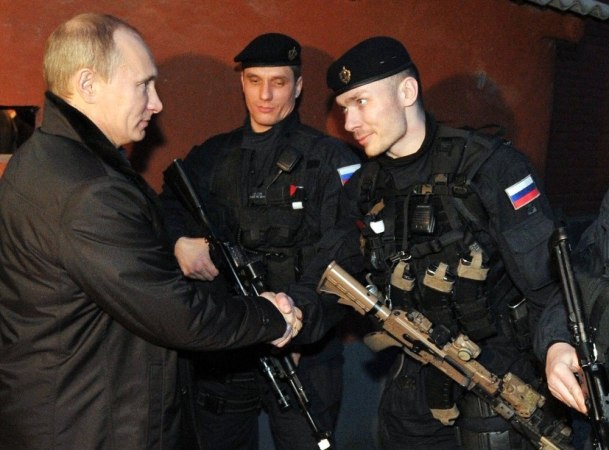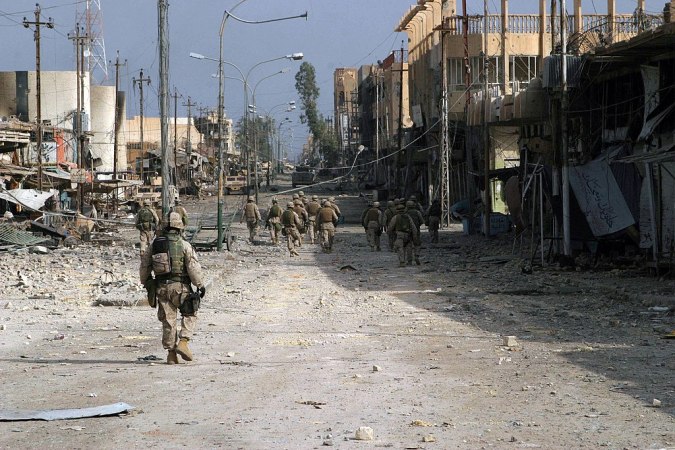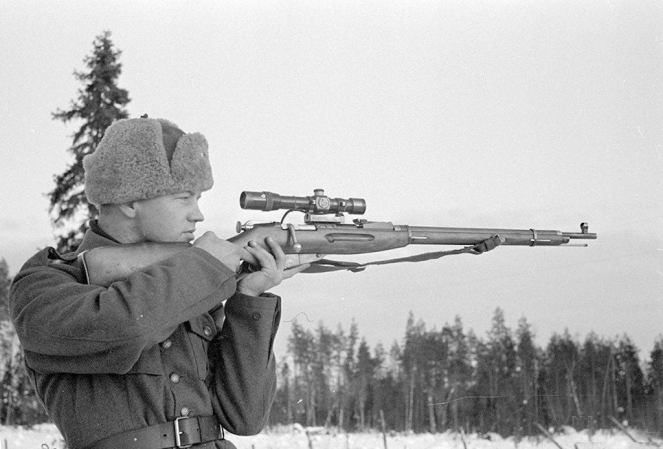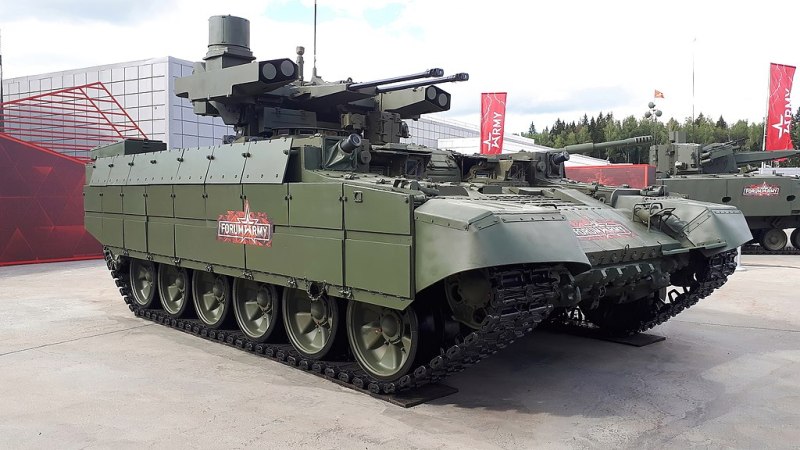Welcome to the Soviet-Afghan War, a decade-long conflict from 1979 – 1989, characterized by asymmetric warfare between the Soviet Army and various Afghan groups, including the Mujahideen resistance fighters. Let’s explore the tactics employed by Soviet snipers in Afghanistan and their role in a war that resulted in countless casualties and human rights abuses on both sides, leaving a lasting impact on the country and its people. Although the Soviet snipers proved to be a formidable force on the battlefield, a significant power imbalance marked the war. The Soviet Army had the backing of a superpower’s resources and technology, while the Afghan groups relied on limited resources and guerrilla tactics to resist the invasion.
Why the Soviets were in Afghanistan at all
The Soviet Union’s military presence in Afghanistan lasted for over a decade. Both sides engaged in brutal fighting, resulting in civilian casualties and human rights abuses. The Soviet Union intervened in Afghanistan out of concern for the spread of Islamic fundamentalism in the region. So it decided to send troops to support the Afghan government. However, the Soviet intervention resulted in destabilization of the country. That’s to say nothing of the rise of extremist groups like the Taliban. We haven’t even mentioned the suffering of Afghan people. But what’s suffering in the name of domination?
So what do snipers have to do with this?
You may be wondering, what role did snipers play in the Soviet-Afghan War? Well, the Soviet snipers had a crucial mission – to take out key targets and disrupt the enemy’s supply lines. These skilled marksmen were responsible for eliminating enemy commanders. They also targeted communication officers, and machine gunners, as well as targeting convoys and trucks. Their superior marksmanship and patience proved to be a lethal combination on the battlefield. That’s super useful when supporting a military occupation of a sovereign nation.
To achieve this level of precision, the Soviet Army established specialized sniper schools. These schools provided rigorous training in marksmanship, camouflage, and concealment. Snipers were also trained to work in pairs, with one acting as a spotter and the other as a shooter. This tactic was especially effective in the difficult terrain of Afghanistan, where the enemy was often difficult to locate. The Soviet snipers’ ability to wait for the perfect shot, sometimes for hours or even days, made them a formidable force.

Soviet training
In addition to their specialized training, the Soviet snipers used a variety of tactics to outsmart the enemy. One such technique was the “shoot and scoot” maneuver, where snipers would quickly move to a different location after taking out a target to avoid detection. They also made use of camouflage and concealment to blend in with their surroundings. This made it difficult for the the enemy to spot them. Despite their lethal effectiveness on the battlefield, Soviet snipers’ tactics contributed to civilian casualties and human rights abuse. That’s because the Soviet forces routinely targeted civilian areas and used chemical weapons. The impact of the war on civilians cannot be overstated, with countless innocent people suffering displacement, death, and trauma.
The war resulted in widespread devastation and suffering for the Afghan people. Civilian casualties and displacement occurred at the same time the country destabilized. The impact of the war on the Afghan people was profound and lasting. Even after the Soviets pulled out the country continued to struggle with conflict and instability long after the Soviet withdrawal.
The Mujahideen resistance fighters in Afghanistan had their own snipers on the battlefield. However, their lack of training and resources made them no match for the Soviet snipers. Soviet snipers outmatched Mujahideen resistance fighters on the battlefield. Mujahideen lacked training and resources, often taking risky shots that revealed their positions. In contrast, Soviet snipers received rigorous training and advanced equipment, making them highly effective.
Soviet Snipers vs. Mujahideen Snipers
The Soviet snipers were highly trained in marksmanship, camouflage, and concealment, with rigorous training at specialized sniper schools. The Mujahideen lacked the same level of training and equipment, which made them less effective. They often took shots that were not guaranteed, leading to revealing their positions and putting themselves at risk.
Soviet snipers were also able to adapt to the difficult terrain of Afghanistan, where the enemy was often difficult to spot. The harsh mountainous terrain made it difficult for both sides to maneuver and locate targets. However, the Soviet snipers were trained to work in pairs. One acted as a shooter while the other was a spotter. This technique allowed them to locate and eliminate high-value targets with precision and accuracy.

Lasting legacy
Despite the Soviet Army’s superiority in terms of resources and technology, the Mujahideen’s determination and resilience played a significant role in the Soviet Union’s decision to withdraw from Afghanistan. After the withdrawal, the Mujahideen factions turned on each other. This led to a devastating civil war that lasted throughout the 1990s. As the world well knows, the Taliban emerged as the dominant group and took control of Afghanistan in 1996. Then it established a repressive regime that lasted until the US-led invasion in 2001. Now, the country is back in Taliban control.
The legacy of the Soviet-Afghan War continues to be felt in Afghanistan today, as the country struggles with ongoing violence, displacement, and instability. The war had far-reaching consequences. These include the rise of extremist groups and the ongoing conflict and suffering of the Afghan people. Soviet snipers might’ve been the formidable force on the battlefield. However, it’s critical to remember the devastating impact of the war on the Afghan people and the human rights abuses committed.


